More roads, more traffic? Braess paradox!
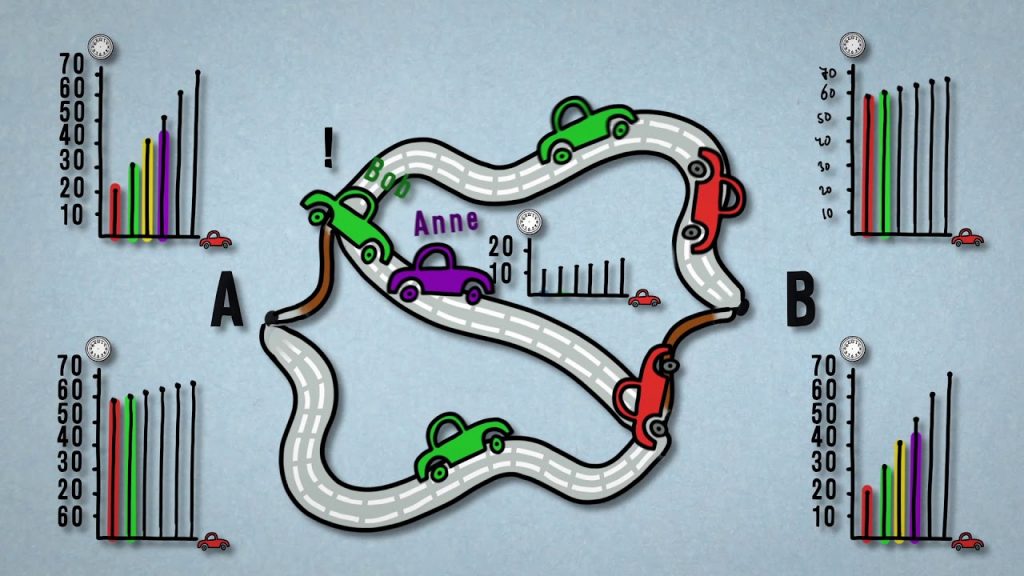
The, seemingly innocent and quite natural, idea to build more roads in order to solve the traffic problem can be sometimes quite a bad idea.
Why you may need to reconsider your route selection criterium
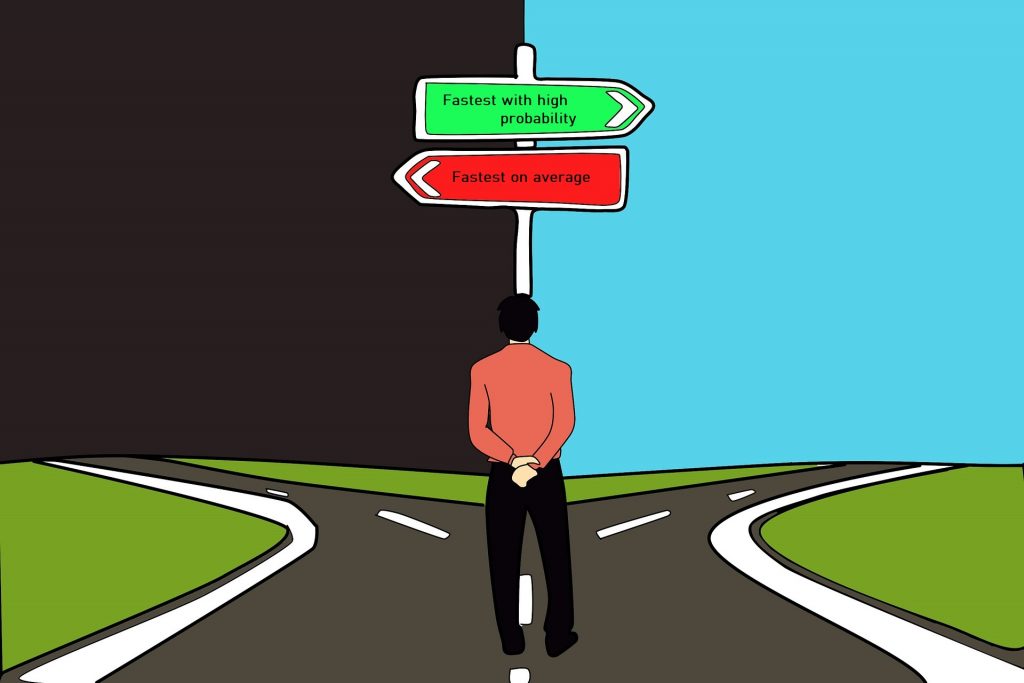
You have a job interview in 20 minutes and you are in a hurry to arrive at your application in time. To make matters even more stressful, there are many routes to your destination, but you have no idea which one to select. Luckily, you have access to a navigation system that can help you in your route selection process.
The crossroad of queueing theory and road traffic
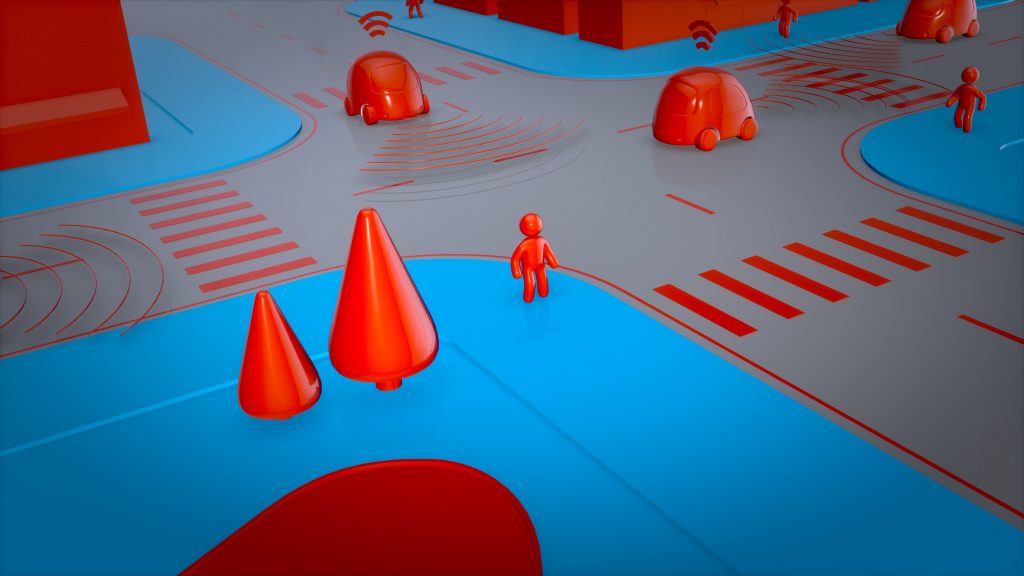
Road traffic analysis is one of the topics that receives a lot of focus in the NETWORKS program. Are you courious to read what kind of questions about road traffic mathematicians try to answer? Have a look at this update.
Predicting optimal routes in unpredictable networks
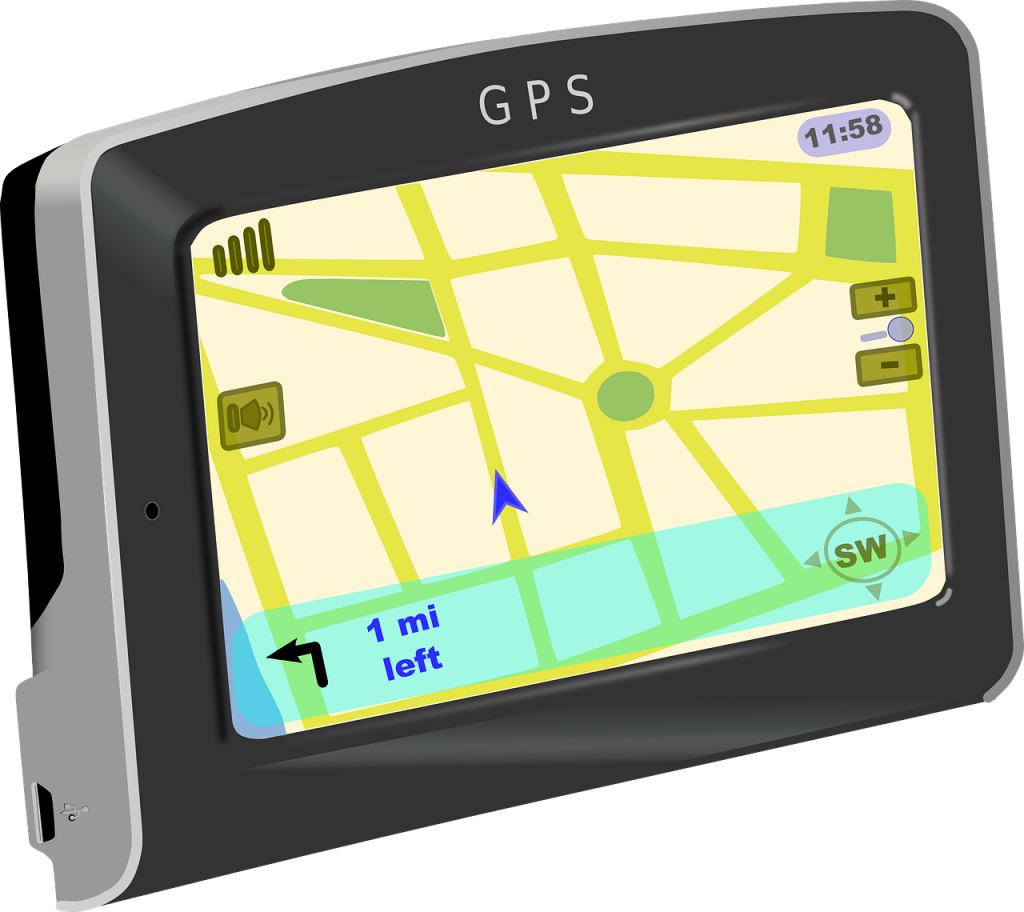
How does your navigation system find the fastest route in a road network, if it does not know where traffic jams occur and how long they last?
How uncertainty can make traffic run smoother
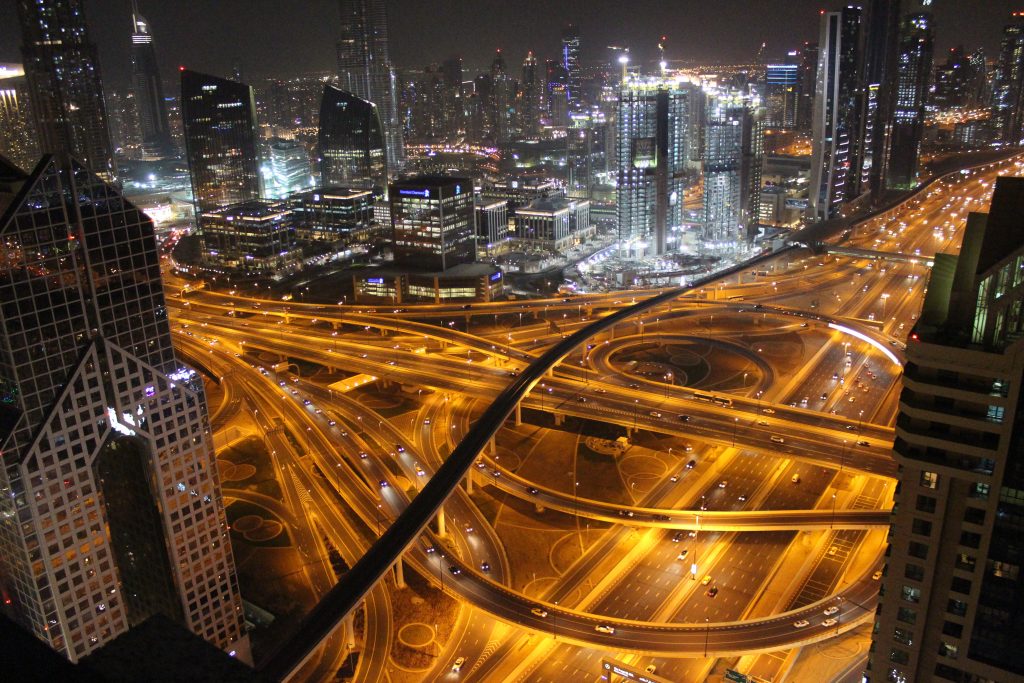
In 2014, in the Netherlands, Belgium and Germany, the average person spend approximately 40 hours in a traffic jam - that is 5 work days! In this article, I will explain how mathematical models with uncertainty help traffic engineers to make decisions that improve traffic.
Traffic lights no longer needed: back to the future

Traffic lights are currently an annoying but inevitable part of traffic. With the introduction of self-driving cars however, can we avoid having to wait for a red light ever again?
Traffic congestion: Braess' Paradox
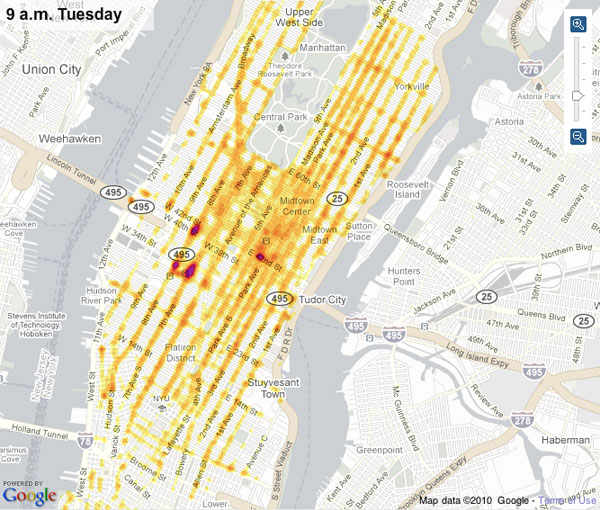
Can you imagine that the, seemingly innocent and quite natural, idea to build more roads in order to solve the traffic problem can be sometimes quite a bad idea.
Traffic congestion: Optimal tolling schemes
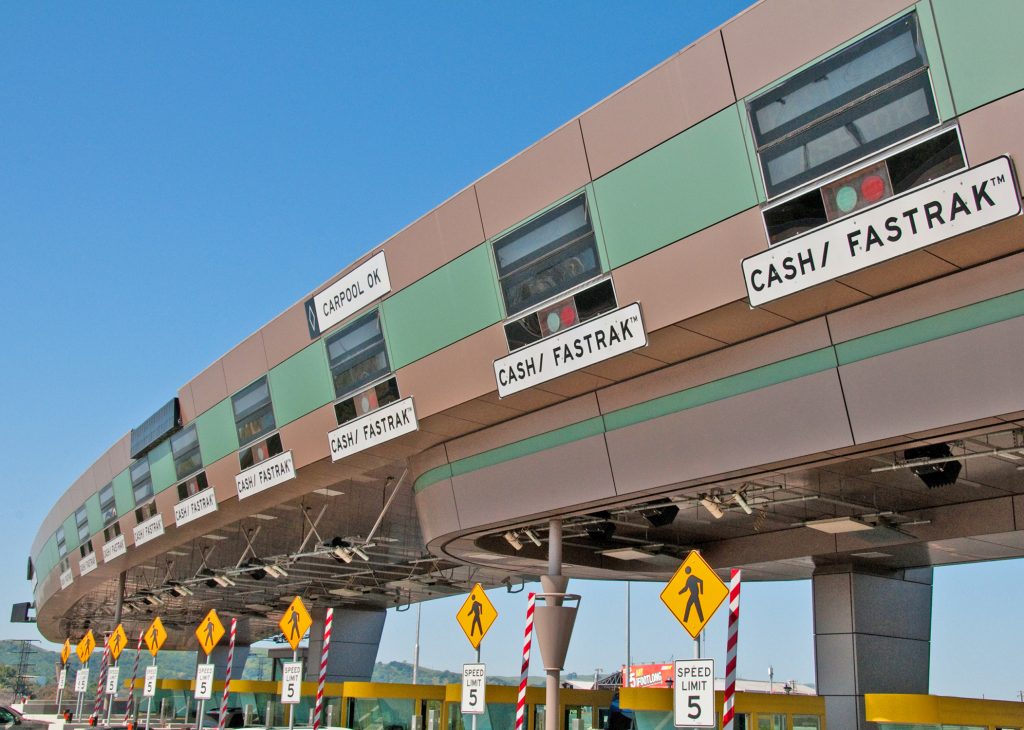
Congested road networks are a big problem in many countries. Building more roads is not always the best solution to solve this issue. One of the reasons for this is that drivers behave selfishly
Traffic congestion: Tolls
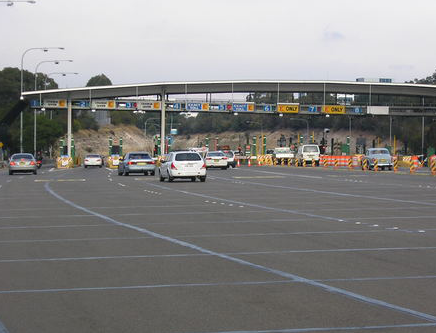
One way to mitigate the consequences of drivers' selfish behavior, is by introducing tolls (or taxes) on certain parts of the road network. This is also known as road pricing.
Traffic congestion: Pigou's example
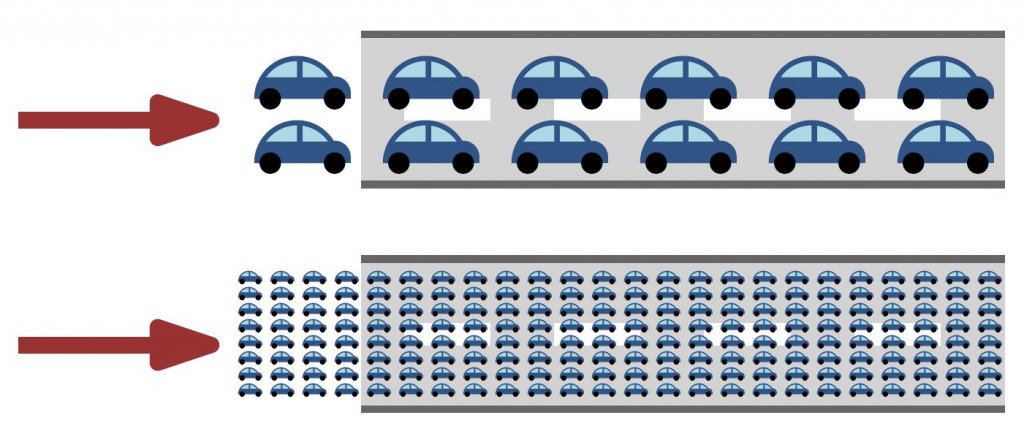
In network congestion models, we make some simplifying assumptions that make our life easier. In a large-scale system, each individual driver contributes a tiny amount to congestion, if we assume that every car controls the same amount of traffic.
